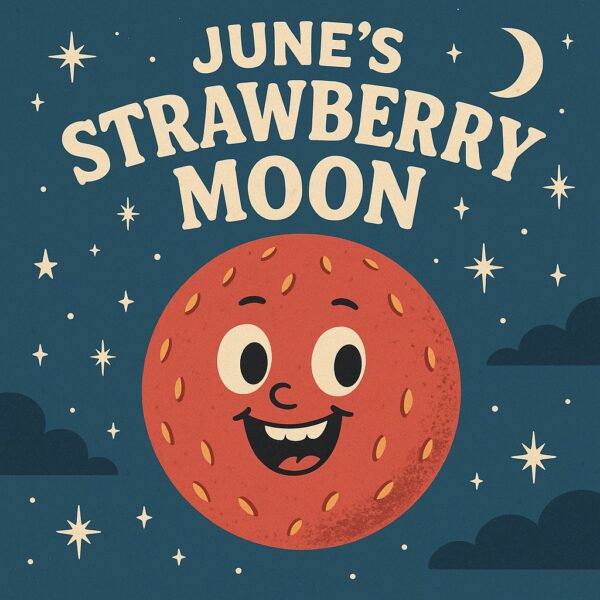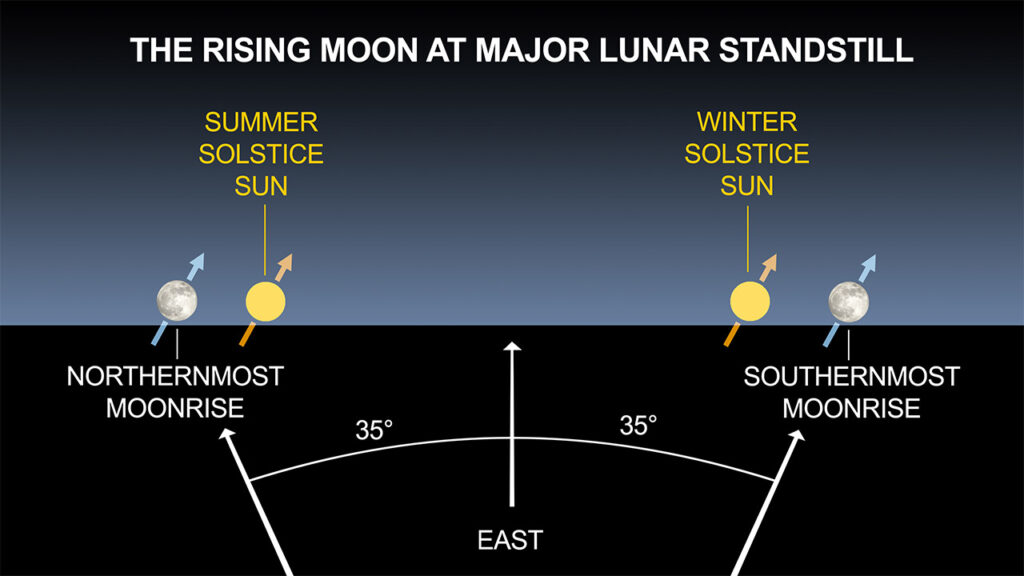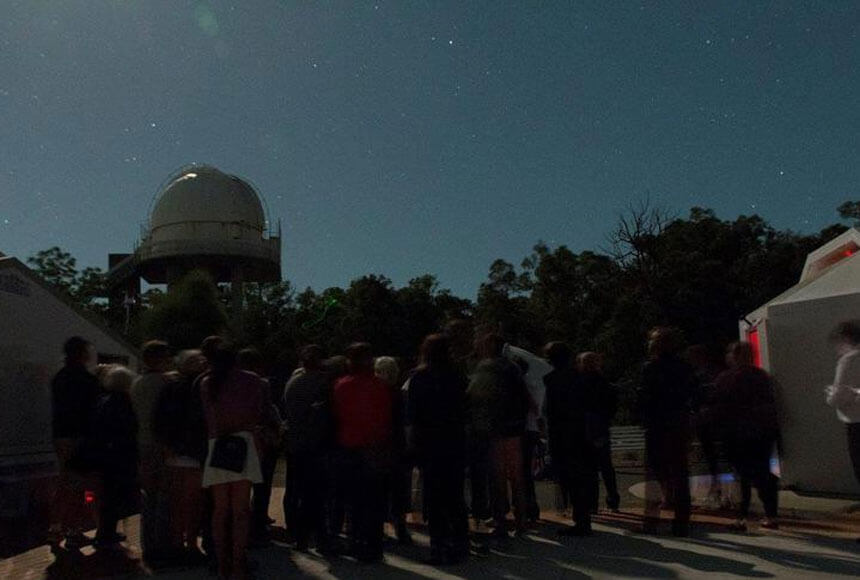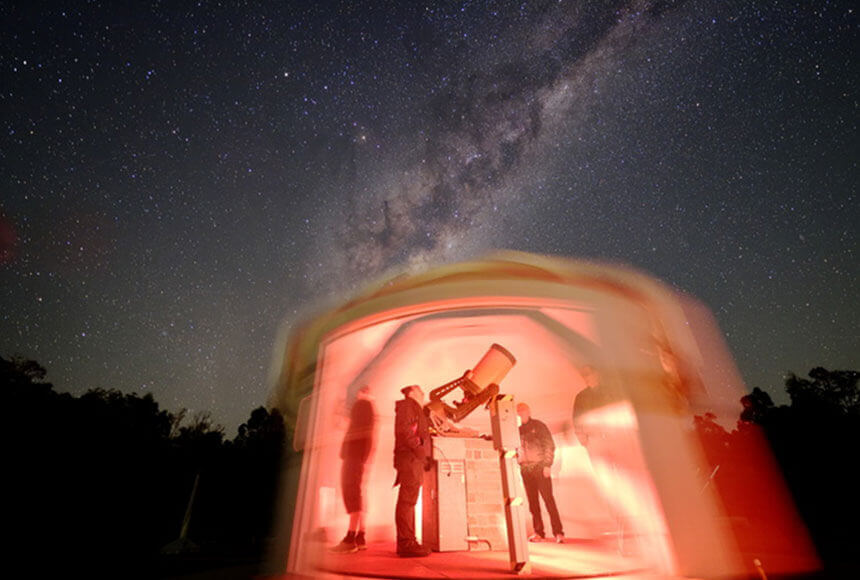(And No, It Won’t Be Pink)

If you’ve heard the buzz about June’s Full Moon being called the Strawberry Moon today, you might be expecting a pink or red spectacle in the sky. Sadly, the Moon itself won’t take on a rosy hue, but the name carries a fascinating history.
The term Strawberry Moon originates from North American Indigenous traditions, marking the time of year when strawberries ripen and are ready for harvest. These lunar names were practical seasonal markers long before they became media-friendly hashtags.
The Full Moon names we know today were popularised by the Maine Farmers’ Almanac, which began publishing them in the 1930s. According to the Almanac, these names come from Native American, Colonial American, and other traditional North American cultures, passed down through generations. What we see in print are English interpretations of words and meanings from Indigenous languages, originally used to keep track of the changing seasons.
Despite the “strawberry” name, the Moon tonight will look more like its usual self. As it rises this evening and sets tomorrow morning, it’ll appear golden. This effect, and the reddish hue seen during a Total Lunar Eclipse, is thanks to a phenomenon called Rayleigh Scattering. This process scatters the shorter blue wavelengths of light, letting the longer red ones pass through — the same reason sunsets are often brilliantly red.
If you’re chasing a true red or “Blood” Moon, mark your calendar for 8 September 2025, when the next total lunar eclipse will be visible from most of Australia.

In the meantime, there’s still plenty of reason to look up tonight. While we might be dodging some cloud cover, the Strawberry Moon will be visible from just about anywhere. You won’t need a telescope or a trip out of town; simply head out to your front or backyard.

Tonight’s Moon is the lowest Full Moon of the year for those of us in the Southern Hemisphere due to Lunar Standstill. A lunar standstill is a rare astronomical phenomenon that occurs approximately every 18.6 years. It’s when the Moon reaches the extremes of its northernmost and southernmost rising and setting points on the horizon. These standstills happen because the Moon’s orbit is tilted at a 5° inclination relative to the Earth’s equator and slowly shifts over time.
During a major lunar standstill, the Moon appears to travel much further across the sky over a month than usual, rising and setting at more extreme points and reaching higher or lower altitudes in the sky. It’s not something that happens in just one night — it happens over weeks or months.

June’s Moon also has romantic roots. The month has long been considered the most popular time for weddings, dating back to Roman times and the festival of Juno, the goddess of marriage. The term honeymoon is believed to have been inspired by this moon, symbolising the sweet early days of marriage.
In medieval Europe, it was customary for newlyweds to drink mead — a fermented honey beverage — for one lunar month following their wedding. Mead was thought to promote fertility and ensure a prosperous marriage, adding yet another layer to the Moon’s lore.
In July, the Full Moon is the Buck Moon, named after the new antlers that emerge from a buck’s forehead around this time of the year. Other Native American tribes call it Salmon Moon, Raspberry Moon, and Thunder Moon because of the frequent thunderstorms in the summer. In Celtic, this Moon was known as the Claiming Moon, Wyrt Moon, Herb Moon, and Mead Moon, indicating that July is the time to gather herbs (or wyrts) to dry and use as spices and remedies. The Anglo-Saxons called it the Hay Moon after the hay harvest in July.
To find out about the rest of the Full Moon names, our friends at timeanddate.com have written articles for each one Full Moon, and you can read about them here.





